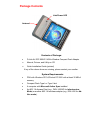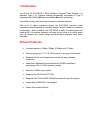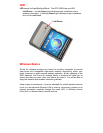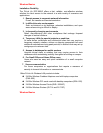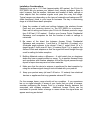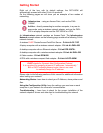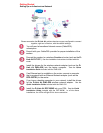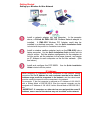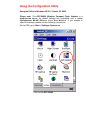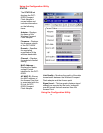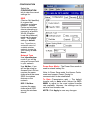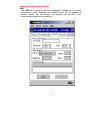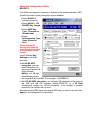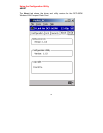Installation Considerations
Designed to go up to 1,311 feet (approximately 400 meters), the D-Link Air
DCF-660W lets you access your network from virtually anywhere. Keep in
mind, however, that the number, thickness and location of walls, ceilings or
other objects that the wireless signals must pass thru may limit range.
Typical ranges vary depending on the types of materials and background RF
(radio frequency) noise in your home or business. The key to maximizing
range is to follow these basic principles:
1.
Keep the number of walls and ceilings between the wireless Access
Point and your receiving device (i.e., the DCF-660W) to a minimum -
Each wall or ceiling can reduce your D-Link Air Wireless product’s range
from 3-90 feet (1-30 meters.) Position your Access Points, Residential
Gateways, and computers so that the number of walls or ceilings is
minimized.
2. Be aware of the direct line between Access Points, Residential
Gateways, and computers. A wall that is 1.5 feet thick (.5 meters), at a
45-degree angle appears to be almost 3 feet (1 meter) thick. At a 2-
degree angle it looks over 42 feet (14 meters) thick! Try to position the
Access Points and adapters so that the signal will travel straight through
a wall or ceiling for better reception.
3. Building Materials make a difference - A solid metal door or aluminum
studs may have a negative effect on range. Try to position Access Points,
and computers with wireless adapters so that the signal passes through
drywall or open doorways and not other materials.
4. Make sure that the device’s antenna is positioned for best reception by
using the software signal strength tools included with your product.
5. Keep your product away (at least 3-6 feet or 1-2 meters) from electrical
devices or appliances that may generate extreme RF noise.
For the average home, range should not be a problem. If you experience
low or no signal strength in areas of your home that you wish to access,
consider positioning the Access Point in a location directly between the
computers with wireless adapters. Additional Access Points can be
connected to provide better coverage in rooms where the signal does not
appear as strong as desired.





